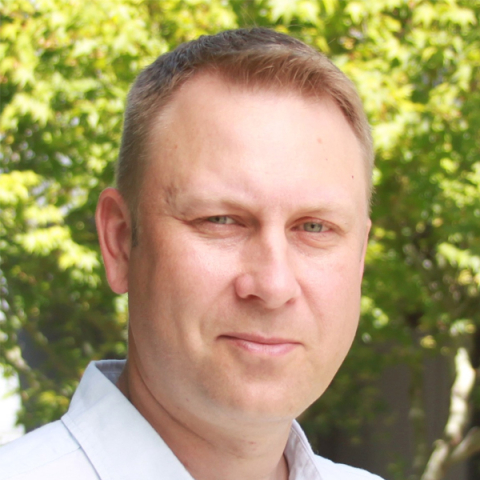
Peter Lindstrom is the project leader at the Center for Applied Scientific Computing-developing efficient ways to avoid bottlenecks while moving data.
An international team that wants to build small high-energy physics machines tries out its designs on ORNL's Frontier exascale computer.

Jesse Thaler develops new ways to analyze and interpret particle collision data, with the goal of advancing our knowledge of fundamental physics.

Ilke Arslan is the director of the Center for Nanoscale Materials user facility, where understanding everything starts at the nanoscale.

Daniel Sinars created the first platforms and images on the world’s largest X-ray generator to be used to benchmark computational models.
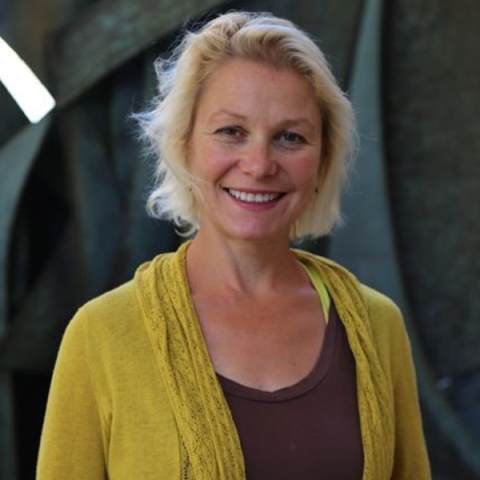
Materials scientist Julia Greer created a new approach to understand how materials in nuclear reactors can withstand radiation damage.
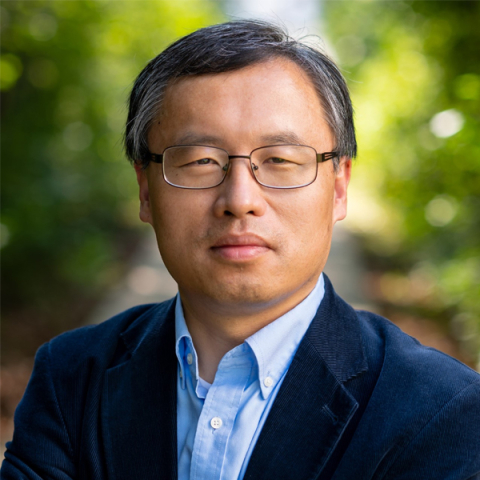
Jinlong Zhang is enhancing the selection and collection capabilities for data on the ATLAS and DAQ systems at CERN’s particle physics experiments.
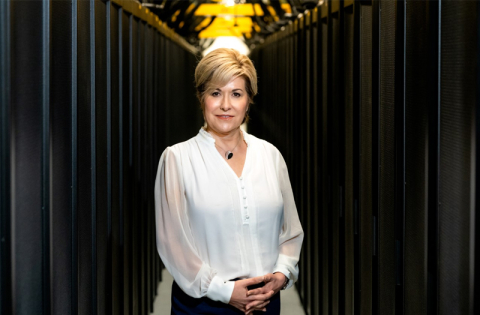
Gina Tourassi is the director of the National Center for Computational Sciences, leading world-class computing infrastructure programs and projects.
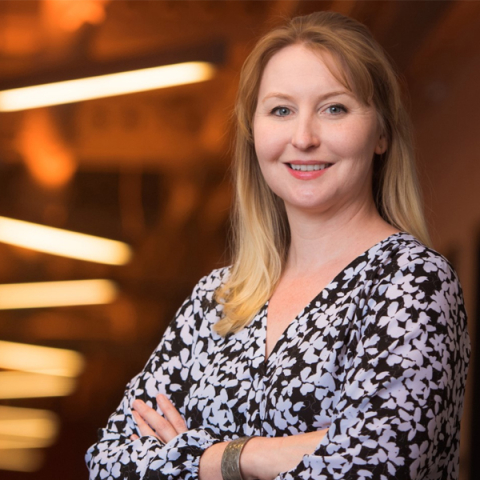
Anne White decided to work on one of the hardest and most important challenges in fusion - taming the turbulent conditions inside fusion reactors.
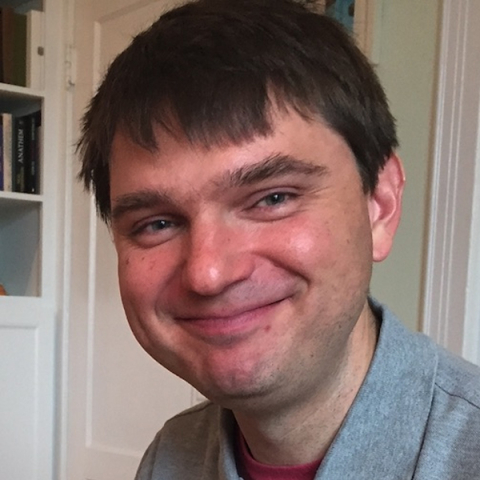
Carter Hall works with colleagues around the world to search for Big Bang relic particles.

